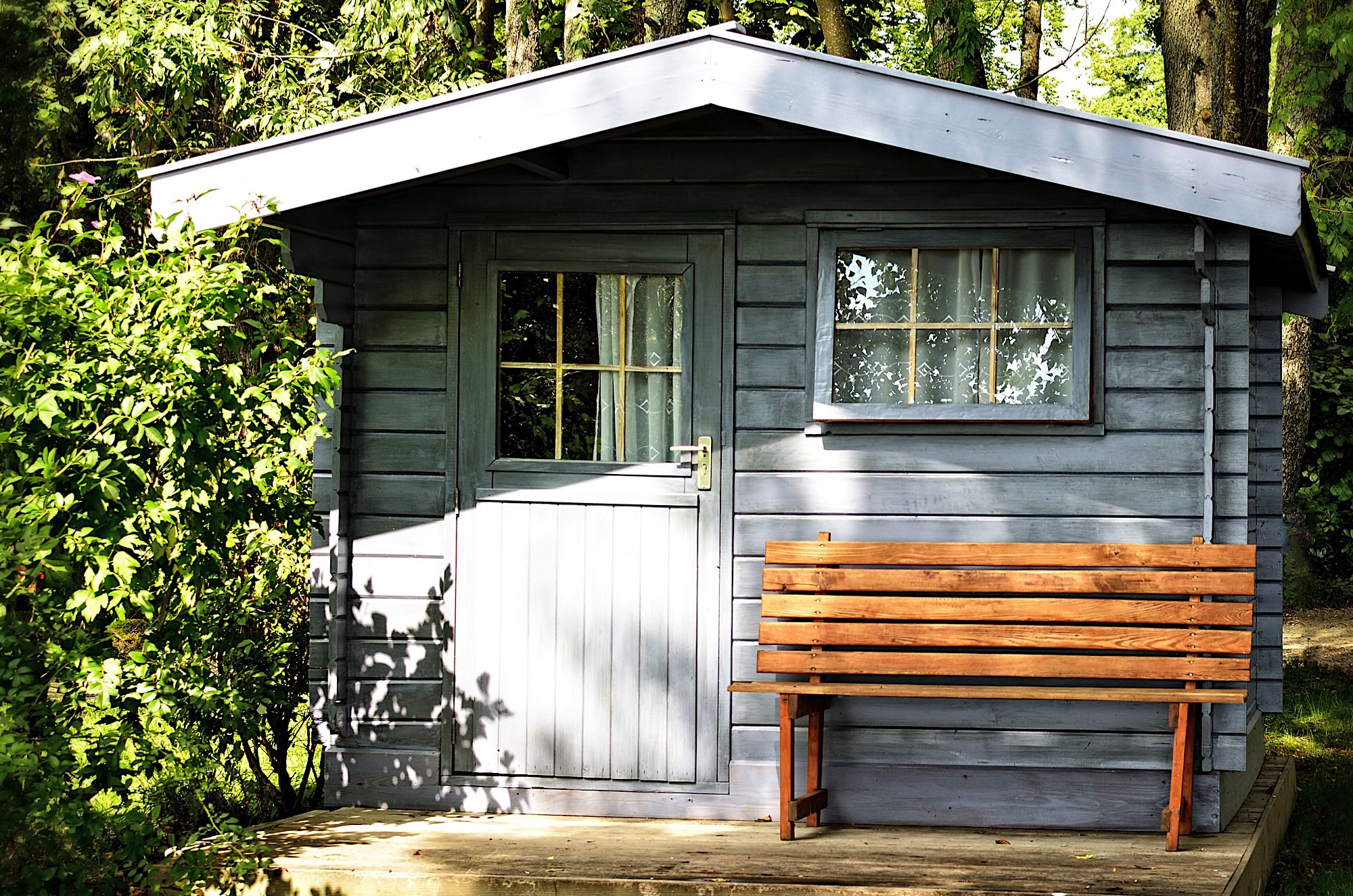Benefits, Challenges, and Legal Considerations
Secondary accommodations, often referred to as secondary suites, are self-contained living units attached to or located within a primary dwelling. They are equipped with their own entrances, kitchens, bathrooms, and bedrooms, offering a separate living space for residents. These versatile living arrangements come with a set of benefits, not only for homeowners and tenants but also for the broader society. However, they also bring forth certain challenges and legal considerations that must be addressed.
Exploring the Allure of Secondary Accommodations
Secondary accommodations have gained popularity in Canada for various reasons. Homeowners opt to build these units to tap into their income potential by renting them out. This supplementary income can assist homeowners in paying off their mortgage more rapidly, covering property taxes and maintenance costs, or saving for retirement. According to a study by the Canada Mortgage and Housing Corporation (CMHC), the average rent for a secondary suite in Canada was $1,020 per month in 2020, significantly lower than the average rent for a primary unit, which stood at $1,508 per month. This affordability makes secondary suites particularly attractive to potential renters.
Another motivation for homeowners to construct secondary accommodations is to provide housing for family members, such as aging parents, adult children, or relatives with disabilities. This arrangement can help in reducing care costs, maintaining close family bonds, and catering to the unique needs of family members. Statistics Canada reported that in 2016, about 6.3% of Canadian households had multiple generations living under one roof, a rise from 5.6% in 2001.
Additionally, homeowners may choose to build secondary accommodations to contribute to the housing supply and affordability within their communities. By introducing additional rental options, especially in regions facing a shortage of affordable housing, secondary accommodations can help alleviate issues such as homelessness, overcrowding, and housing-related stress. They also foster diversity and inclusivity in neighborhoods by accommodating different household types, incomes, and lifestyles.
Navigating the Legal Terrain of Secondary Accommodations
While secondary accommodations offer various benefits, they must adhere to specific rules and regulations to ensure they are safe, legal, and respectful of their environment. Depending on the location and type of secondary accommodation, homeowners may need to secure permits from various authorities, including municipal zoning bylaws, building codes, fire codes, electrical safety standards, and health regulations.
Typical requirements for legal secondary accommodations encompass:
- Minimum floor area and ceiling height
- A separate, accessible, and secure entrance
- Adequate windows providing natural light and ventilation
- Proper plumbing, heating, and electrical systems
- Installation of smoke alarms and fire extinguishers
- Fire separation measures between units
- Sufficient parking spaces
- Compliance with applicable fees and taxes
To guide homeowners through the process of building legal secondary accommodations, some provincial and federal governments have introduced special financing programs offering grants, loans, or tax credits for eligible expenses. For instance:
- The Residential Rehabilitation Assistance Program (RRAP) – Secondary and Garden Suite Development extends financial support to low-income homeowners interested in creating affordable rental units for seniors or individuals with disabilities.
- The Multigenerational Home Renovation Tax Credit (MHRTC) provides a refundable tax credit of up to $7,500 for constructing a secondary suite for a senior or an adult with a disability, starting in 2023.
- The Affordable Housing Innovation Fund supports innovative projects focused on creating affordable rental housing units using new technologies or approaches. It is mostly focused on builders but offers information for non-profits and alternative housing models.
- The Secondary Suite Incentive Program (SSIP) offered by the British Columbia government is a grant program to assist homeowners in building secondary suites.
The Pitfalls of Illegal Secondary Accommodations
Despite the availability of these programs and resources, some homeowners may still choose to construct or maintain illegal secondary accommodations without proper authorization. This poses significant risks for both homeowners and tenants, including:
- Fines or penalties from authorities for rule violations
- Loss of insurance coverage or difficulties in making claims in case of damage or injury
- Liability for repairs or compensation in case of disputes or complaints
- Eviction or relocation orders issued by authorities or courts
- Health and safety hazards due to substandard conditions, increasing the risk of emergencies
A survey by Square One Insurance revealed that approximately 7% of secondary suites in Ontario, Alberta, and British Columbia are illegal. These unauthorized accommodations may lack essential safety equipment, such as window egress or smoke detectors, and might have been constructed without the necessary permits. To avoid these risks and safeguard their rights and interests, homeowners and tenants should always confirm the legality of secondary accommodations before building or renting them. If you’re considering purchasing a home with secondary accommodations, consult with a real estate agent to ensure the suite complies with city bylaws and is authorized.
In Conclusion
Secondary accommodations offer an appealing option for homeowners to generate additional income, provide housing for family members, or contribute to the housing supply and affordability within their communities. Nevertheless, they must abide by specific rules and regulations to ensure safety, legality, and environmental respect. By adhering to these guidelines, homeowners can enjoy the benefits of secondary accommodations while avoiding the challenges and risks associated with illegal units. Remember that a real estate agent can assist in due diligence when considering properties with secondary accommodations.
Contact me to view properties with secondary accommodations, suites, and carriage homes.

